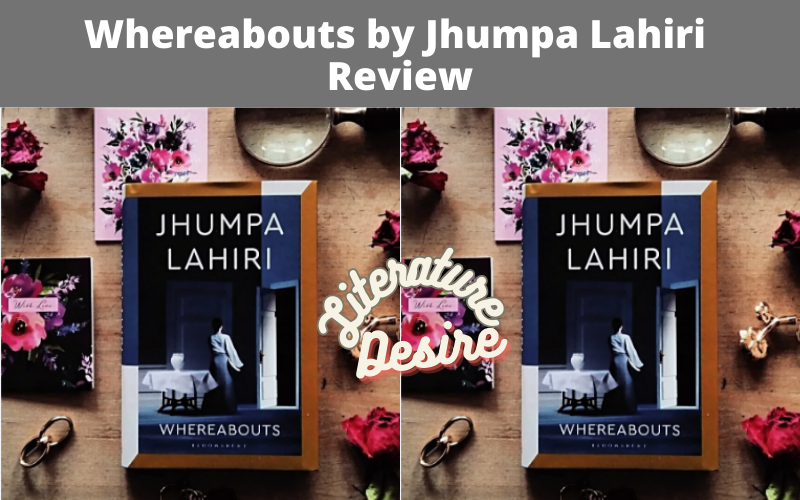Virginia Woolf, a prominent figure in the modernist literary movement, gifted the world with her captivating and introspective works. Among the notable achievements of Virginia Woolf is the novel “To the Lighthouse,” a groundbreaking masterpiece that explores the complexities of human relationships, the passage of time, and the nature of art.
Read the summary of To The Lighthouse here…
In this article, we embark on a journey into the depths of Woolf’s “The Lighthouse,” delving into its profound themes, unique narrative structure, and the genius of its author.
Virginia Woolf: The Lighthouse – A Journey into the Depths of Woolf’s Masterpiece
Virginia Woolf: The Lighthouse – An Insight into the Work
“To the Lighthouse,” published in 1927, stands as a testament to Woolf’s literary prowess and her ability to challenge traditional narrative forms.
Set on the Scottish Isle of Skye, the novel intricately weaves together the lives of the Ramsay family, their guests, and the enigmatic lighthouse that becomes a central symbol throughout the story.
The Lighthouse as a Symbol
At its core, the lighthouse in Woolf’s novel represents a yearning for enlightenment and an unattainable sense of permanence in an ever-changing world. It stands tall and steadfast, a beacon of hope that guides and inspires the characters on their individual journeys.
Exploring the Narrative Structure
Woolf’s narrative structure in “The Lighthouse” is distinctive and innovative. The novel is divided into three sections: “The Window,” “Time Passes,” and “The Lighthouse.”
Through these sections, Woolf employs stream-of-consciousness and interior monologue techniques to delve into the characters’ minds, immersing readers in their thoughts, emotions, and perceptions.
Virginia Woolf: The Lighthouse – Themes and Motifs
Time and Its Passage
One of the central themes in “The Lighthouse” is the exploration of time and its impact on human existence.
Woolf delves into the fleeting nature of time, emphasizing how it shapes relationships and influences individual experiences.
Through the novel’s shifting perspectives and the passage of time, Woolf invites readers to contemplate the transience of life and the profound effect it has on our perceptions.
Gender Roles and Identity
Woolf, known for her feminist perspectives, examines the constraints of gender roles and societal expectations in “The Lighthouse.”
She challenges traditional notions of femininity and masculinity, highlighting the struggles and limitations imposed on women during the early 20th century.
Through characters like Mrs. Ramsay and Lily Briscoe, Woolf presents a nuanced portrayal of female identity and the quest for self-discovery.
Art and Creation
Art and the act of creation serve as recurring motifs in Woolf’s novel. The character of Lily Briscoe, an artist, represents the struggle to capture the essence of life and translate it onto the canvas.
Through Lily’s artistic journey, Woolf explores the role of art in expressing the intricacies of human experiences and illuminating the human condition.
Conclusion
“Virginia Woolf: The Lighthouse” stands as a testament to Woolf’s brilliance as a writer and her ability to push the boundaries of literary conventions.
Through her exploration of profound themes, unique narrative structure, and nuanced character portrayals, Woolf invites readers on a transformative journey into the depths of the human psyche.
“The Lighthouse” continues to captivate readers, providing a profound and introspective reading experience that resonates long after the final page.
Frequently Asked Questions
The lighthouse in Woolf’s novel symbolizes a quest for enlightenment and permanence in an ever-changing world. It serves as a guiding beacon for the characters, representing their aspirations, desires, and the unattainable.
Woolf employs stream-of-consciousness and interior monologue techniques to delve into the characters’ thoughts and emotions. By breaking away from linear storytelling, she invites readers to experience the inner workings of the characters’ minds and gain a deeper understanding of their complexities.
Woolf explores themes of time, gender roles, identity, and the role of art in “The Lighthouse.” Through her nuanced exploration of these themes, she challenges societal norms and provokes readers to question their own perceptions of reality.
Woolf challenges traditional notions of femininity and presents a nuanced portrayal of female identity through characters like Mrs. Ramsay and Lily Briscoe. She highlights the struggles women faced during the early 20th century and explores the quest for self-discovery and personal fulfillment.
“The Lighthouse” is divided into three sections: “The Window,” “Time Passes,” and “The Lighthouse.” Woolf employs stream-of-consciousness and interior monologue techniques to explore the characters’ thoughts and emotions, providing a multi-layered and introspective reading experience.
Woolf portrays time as a fleeting and transformative force that shapes relationships and influences individual experiences. Through the novel’s shifting perspectives and the passage of time, she invites readers to reflect on the transience of life and its profound impact on our perceptions.



